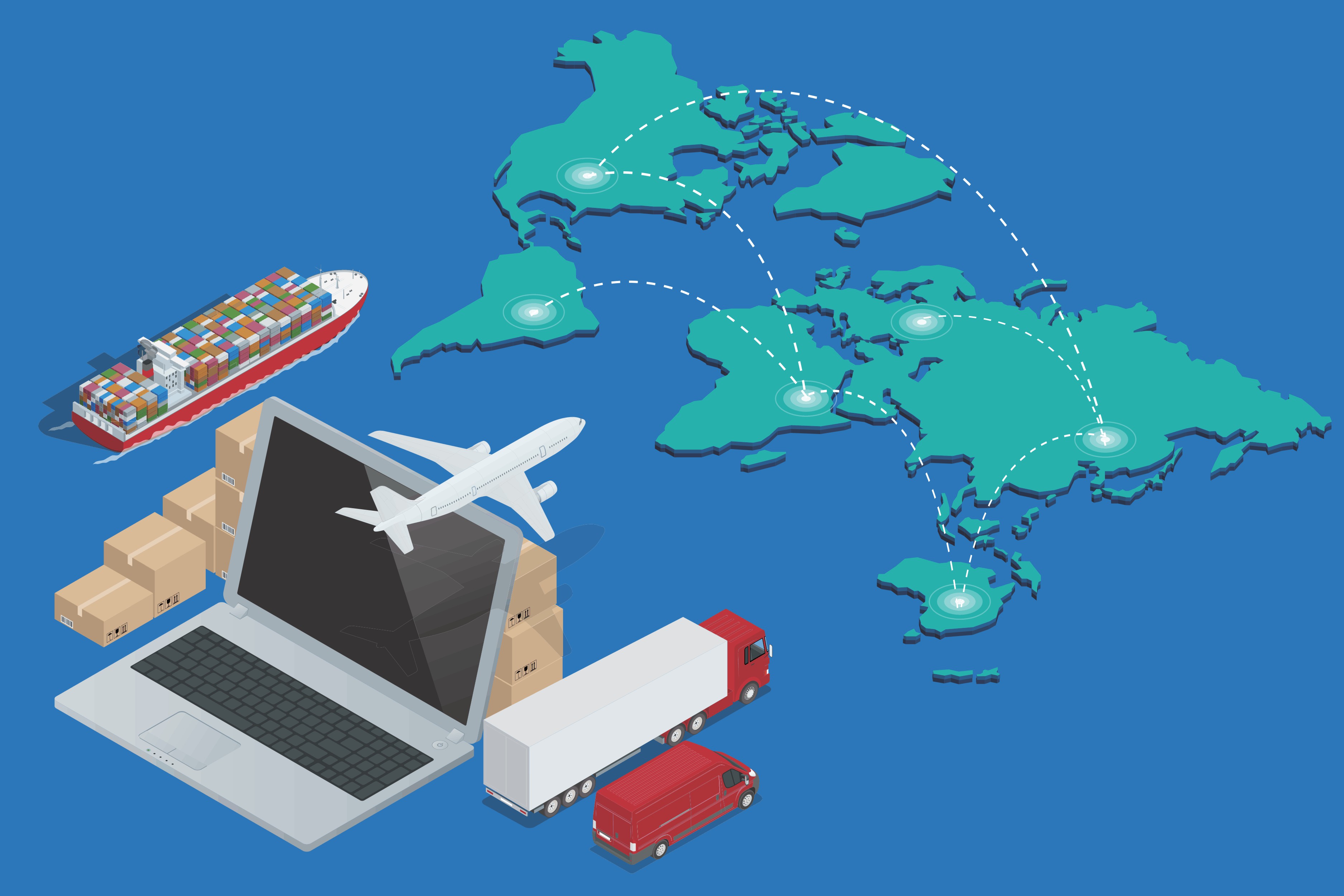Pandemic Catapults the Role of Technology in Supply Chain
If every cloud does indeed have a silver lining, one bright spot in the very dark cloud of the pandemic is the hurried innovation and implementation of technology all along the supply chain.
Companies that have been compelled to use technology simply to stay in business and keep goods moving to where they need to go are finding it has brought other benefits too, most notably gains in efficiency and productivity and reductions in costs.
Here are 5 ways technology has been catapulted to the forefront of the supply chain these past few months.
Autonomous Vehicles
If there’s no driver, there’s no problem complying with quarantine or social distancing regulations. This can be especially valuable in the health sector for delivering critical medications and other supplies to patients and customers. In late May, autonomous vehicle company Nuro announced a partnership with CVS to deliver “prescriptions and essentials” across three ZIP codes in Houston, Texas. As with this trial project, driverless delivery is likely to be most immediately useful and utilized for the last mile, especially in cities, where the danger of rapidly spreading virus contagion is greatest.
End-to-End Supply Chain Visibility
The rapidly changing regulations and situations during the pandemic have made real-time decision-making a critical element for companies up and down the supply chain and across all modes of transportation. This need is propelling the development and implementation of IoT and similar technologies for end-to-end tracking of shipments and B2C orders.
No Touch, No Paper
Another benefit has been in electronic bills of lading, video meetings with customers, and warehouse staff equipped with tablets and laptops are some of the technologies companies have hurriedly put in place to reduce person-to-person contact. Along with improved sanitation, companies have realized gains in both efficiency and time.
Virtual Onboarding for Truck Drivers
Trucking companies have been forced during the lockdown to find ways to onboard new drivers that respect the need for social distancing. Some have turned to technology to create a virtual orientation process that incorporates videos and electronic signatures. The time and cost savings of the virtual onboarding mean that it’s probably here to stay as part of a driver orientation process that also includes some in-person time.
Remote Working
And, of course, there’s the obvious: companies up and down the supply chain have been forced to find ways for their staff to work remotely. Even after pandemic related restrictions are lifted and it’s permissible to return to the office, it’s likely that remote working will remain an integral part of ordinary work life as smart companies realize that allowing employees location flexibility can actually boost productivity. From the HR perspective, allowing telecommuting can improve employee morale and retention and reduce absenteeism. It can also save costs in the form of real estate, office furniture, and utility bills.
Want the ideas, insight, and data to be confident you are getting the best rates and service from the small parcel carriers? Join our brand new webinar series: Let’s Talk Ship.

Posts by Tag
- October 2018 (8)
- August 2018 (6)
- August 2019 (6)
- February 2020 (6)
- March 2020 (6)
- May 2020 (6)
- December 2020 (6)
- April 2019 (5)
- May 2019 (5)
- July 2019 (5)
- October 2019 (5)
- April 2020 (5)
- July 2020 (5)
- September 2020 (5)
- October 2020 (5)
- July 2018 (4)
- September 2018 (4)
- January 2019 (4)
- February 2019 (4)
- March 2019 (4)
- June 2019 (4)
- September 2019 (4)
- December 2019 (4)
- January 2020 (4)
- June 2020 (4)
- August 2020 (4)
- April 2018 (3)
- June 2018 (3)
- November 2018 (3)
- December 2018 (3)
- November 2020 (3)
- January 2021 (3)
- March 2018 (2)
- November 2019 (2)
- February 2021 (1)
- May 2021 (1)
8921 Crew Drive
Emerald Isle, NC 28594
(252) 764-2885
info@transimpact.com
Get In Touch!
 3 Ways to Reduce Freight & Small Parcel Spending
UPS Updates a Portion of Current Peak Season Surcharges
3 Ways to Reduce Freight & Small Parcel Spending
UPS Updates a Portion of Current Peak Season Surcharges


